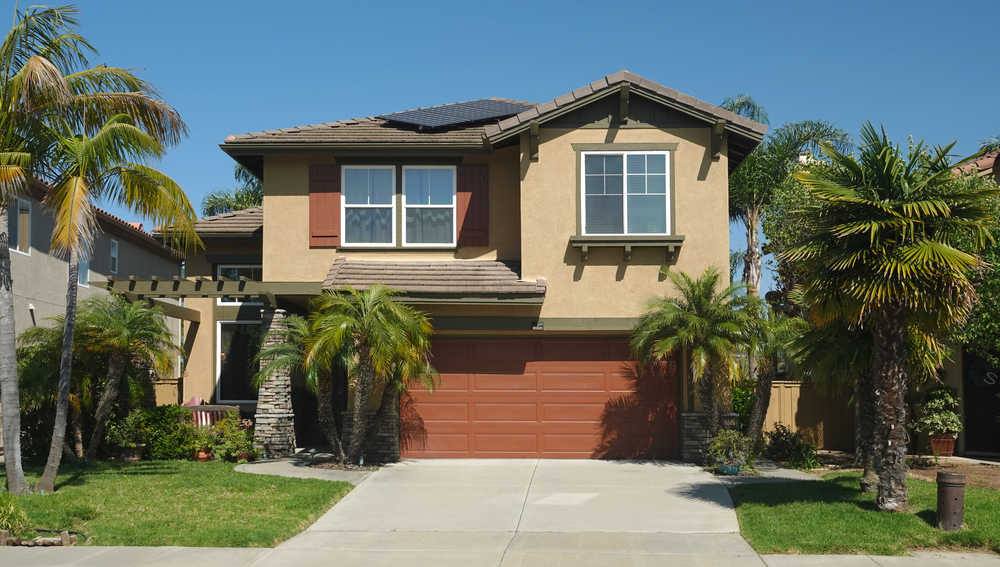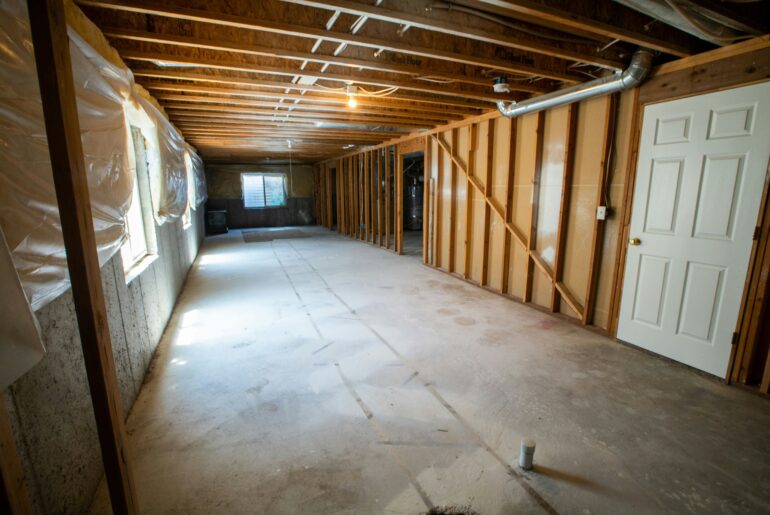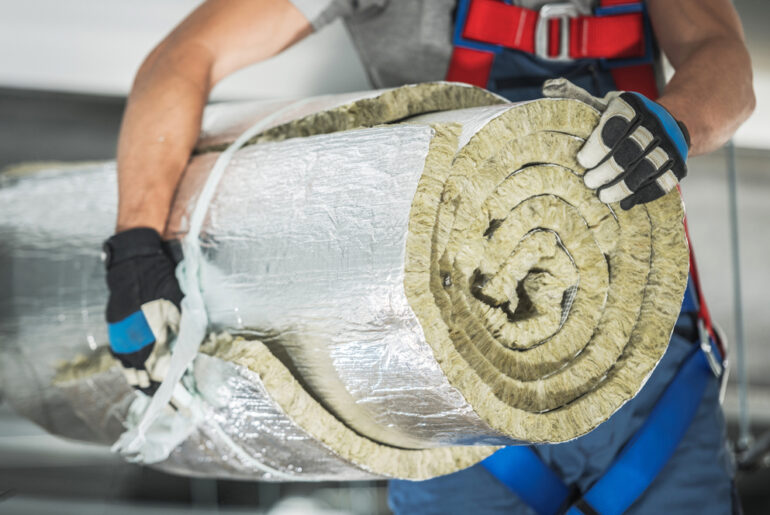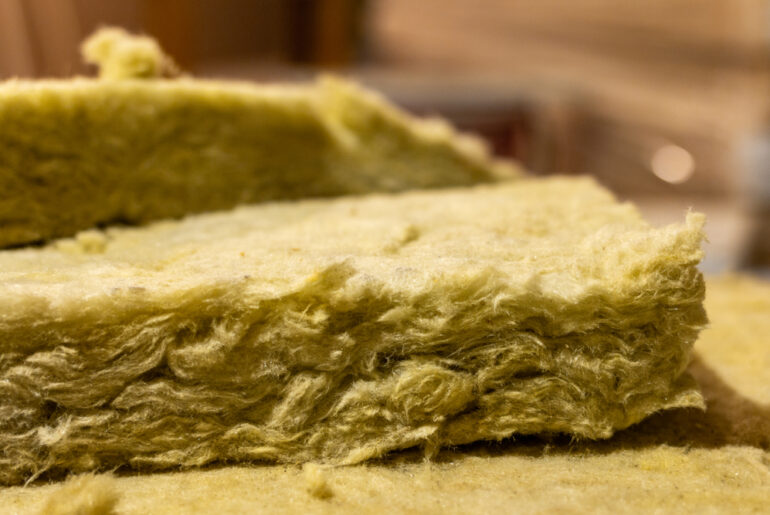Knowing the insulation requirements of your area is important to ensure compliance. It also sets the baseline for energy efficiency.
In California, the California Energy Commission requires proper insulation in buildings of all types and sizes. We expand on this requirement here to provide you with the details of the insulation requirements for California.
Insulation Requirements in California
To understand the insulation requirements in California, you have to first know that not all counties in the state fall under the same climate zone.
Let’s explain this a bit. A climate zone is an area that has similar temperature, rainfall, and humidity characteristics. There are eight climate zones in the US, according to the International Energy Conservation Code (IECC).
California counties fall into four main climate zones:
- Zone 3
- Zone 4
- Zone 5
- Zone 6
Only one county, Imperial, is in Zone 2.
The insulation requirements for all these zones are different. Starting with Zone 3, the insulation requirements (R-values) are as follows:
- Ceiling: R38
- Wood Frame Wall: R20
- Mass Wall: R8/13
- Floor: R19
- Basement Wall: R5/13
- Crawl Space: R5/13
The insulation requirements of Zone 4 are:
- Ceiling: R49
- Wood Frame Wall: R20
- Mass Wall: R8/13
- Floor: R19
- Basement Wall: R10/13
- Crawl Space: R10/13
In zone 5, you should follow these R-values:
- Ceiling: R49
- Wood Frame Wall: R20
- Mass Wall: R13/17
- Floor: R30
- Basement Wall: R15/19
- Crawl Space: R15/19
Finally, the insulation requirements for Zone 6 are:
- Ceiling: R49
- Wood Frame Wall: R20
- Mass Wall: R15/20
- Floor: R30
- Basement Wall: R15/19
- Crawl Space: R15/19
You can find more information about insulation requirements in California here.
Insulation Requirements for Nonresidential and Multifamily Building Roofs
The following insulation requirements apply to all roof alterations, irrespective of whether the existing insulation is below or above the roof deck.
The minimum requirement for a roof alternative is R17 to R23, based on the climate zone, provided the insulation is continuous.
However, if the insulation is not continuous and has cavities, you should opt for U0.042 or U0.037. The assemblies in the cavity insulation should have an R-value of 10 at minimum (above the roof deck).
Keep in mind that these insulation rules are subject to change. You can find the most recent California 2022 Energy Code here.
Best Insulation Options in California
Now that you know the basic insulation requirements, let’s discuss some ideal insulation options. In California, the top insulation solutions are as follows.
Batts and Rolls Insulation
A batt or roll is a type of blanket insulation made from fiberglass, natural fibers, plastic fibers or mineral wool. It can be installed in ceilings and walls for heat retention or soundproofing.
Their installation method involves fitting between beams, joists, and studs. Since you can do this yourself, the DIY appeal of batt and roll insulation makes it a popular option among Californian homeowners.
The insulation is also relatively inexpensive. Plus, you can use the same material in unfinished walls.
Rigid Foam Insulation
Rigid foam insulation is available in the following materials:
- Polystyrene
- Polyisocyanurate
- Polyurethane
- Phenolic
As you can see, all these materials are rigid and lightweight. That means you can install them with ease. They suitably fit in any space, such as unfinished walls, basements, attics, and crawl spaces.
Plus, their high R-value makes them effective insulators, even for places like unvented low-slope roofs.
You must know a little about their installation, though. If you install them inside the home, they should be covered with about 1/2 inch of gypsum board. The key is to use a material for fire safety approved by your local building regulations.
Meanwhile, if you’re installing rigid foam insulation on the exterior side of your home, you must cover it with a weatherproof facing.
Although it requires additional materials for full installation, rigid foam insulation is well worth it. Not only does it have an excellent insulating value, but it also prevents thermal short circuits if installed continuously.
Loose-Fill and Blown-In Insulation
Blown-in or loose-fill insulation generally comes from recycled paper, fiberglass, cellulose, and rock wool. It is commonly used in areas that present physical obstacles to conventional insulation, such as walls with many electrical wires and spaces between joists.
You can use this insulation in:
- Hard-to-reach places
- Unfinished attic floors
- Open wall cavities
- Enclosed existing wall cavities
As for installation, the material could be poured in or blown in using special equipment. It’s best not to DIY this type of insulation unless you’re quite experienced.
Reflective Systems
Reflective systems don’t necessarily have an R-value, but they can supplement other insulation materials. They consist of rigid panels with a reflective surface that can reflect heat away from the home during hot summer days.
When used in combination with bulk insulation, these systems can provide superior thermal performance and even reduce air leakage. Besides, they are usually quite easy to install and require very little maintenance.
Some options include:
- Foil-faced kraft paper
- Plastic film
- Polyethylene bubbles
- Cardboard
What Else To Consider When Insulating In California
While climate conditions are the first thing most builders consider when deciding on an appropriate insulation material, there are some other important factors to consider.
For instance, in California, air sealing is required by law for energy efficiency. All areas where insulation meets the outside should be effectively sealed with caulking or weatherstripping to prevent air leakage.
The air leakage should not be more than 5 ACH (air changes per hour) in zone 2. Meanwhile, the ACH elimination for other climate zones is 3. You must also seal recessed lighting fixtures and seal penetrations for pipes, wires, ducts, and other common building components.
The IECC also has some additional requirements for insulating slab-on-grade floors. For example, you must add R5 for heated slabs. As for the depth of the insulation material, it should be 2 feet or the same as the footing’s depth, whichever of the two is less.
Title 24 contains all regulations that govern the insulation (and other structural) requirements in California. You can learn more about it here to ensure you’re always compliant and safe.





